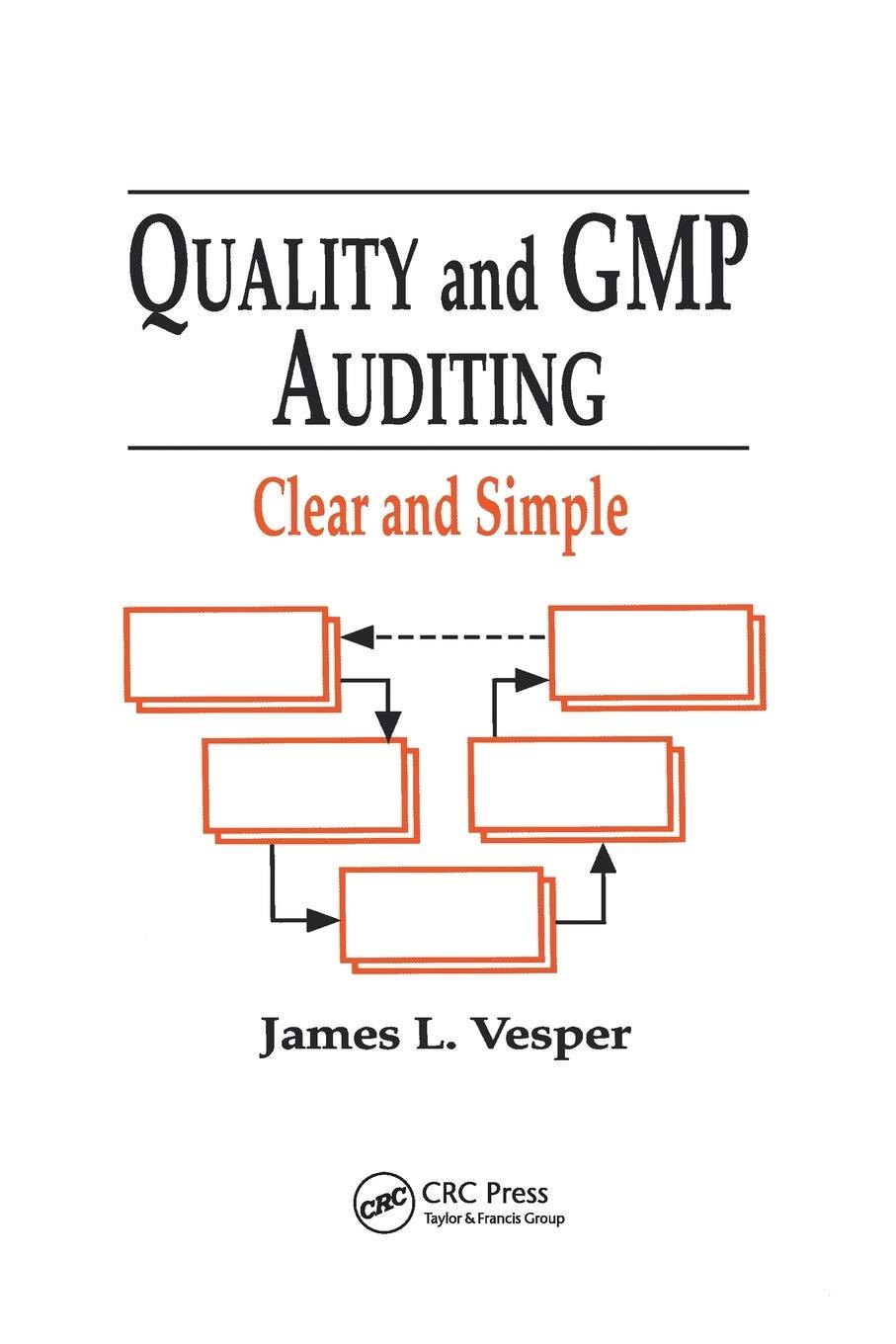




Exercise 5-3 Perpetual: Inventory costing methods LO P1 [The following information applies to the questions displayed below.] Laker Company reported the following January purchases and sales data for its only product. Units sold at Retail Units Acquired at Cost 330 units @ $10.60 = $3,498 Date Activities Jan. 1 Beginning inventory Jan. 10 Sales Jan. 20 Purchase Jan. 25 Sales Jan. 30 Purchase 400 units @ $ 9.60 = 3,840 180 units 325 units @ $18.60 @ $18.60 270 units @ $ 8.60 = 2,322 Totals 1,000 units 505 units $9,660 = Required: The company uses a perpetual inventory system. For specific identification, ending inventory consists of 495 units, where 270 are from the January 30 purchase, 80 are from the January 20 purchase, and 145 are from beginning inventory. Exercise 5-3 Part 1 1. Complete the table to determine the cost assigned to ending inventory and cost of goods sold using specific identification. (Round cost per unit to 2 decimal places.) Specific Identification Available for Sale Cost of Goods Sold Purchase Date Activity Unit Cost Ending Inventory Ending Cost Per Ending Inventory- Unit Inventory- Units Cost Units Units Sold Unit Cost COGS Jan. 1 330 Jan. 20 Beginning inventory Purchase Purchase 400 Jan. 30 270 1,000 Exercise 5-3 Part 2 2. Determine the cost assigned to ending inventory and to cost of goods sold using weighted average. (Round cost per unit to 2 decimal places.) Weighted Average - Perpetual: Goods Purchased Inventory Balance Cost of Goods Sold Cost per Cost of Goods | Sold Date # of units # of units sold Cost per unit # of units Cost per Inventory Balance unit unit January 1 330 @ $ 10.60 = $3,498.00 January 10 January 20 Average cost January 25 I January 30 Totals Exercise 5-3 Part 3 3. Determine the cost assigned to ending inventory and to cost of goods sold using FIFO. (Round cost per unit to 2 decimal places.) Perpetual FIFO: Goods Purchased Cost of Goods Sold # of units sold Cost per Cost of Goods unit Sold Date #of units Inventory Balance # of units Cost per Inventory unit Balance 330 @ $ 10.60 = 3,498.00 unit January 1 January 10 January 20 January 25 January 30 Totals Exercise 5-3 Part 4 4. Determine the cost assigned to ending inventory and to cost of goods sold using LIFO. (Round cost per unit to 2 decimal places.) Perpetual LIFO: Goods Purchased # of Cost per units unit Cost of Goods Sold # of units Cost per Cost of Goods sold unit Sold Date Inventory Balance # of units Cost per Inventory unit Balance 330 @ $ 10.60 = $ 3,498.00 January 1 January 10 January 20 January 25 January 30 Totals











